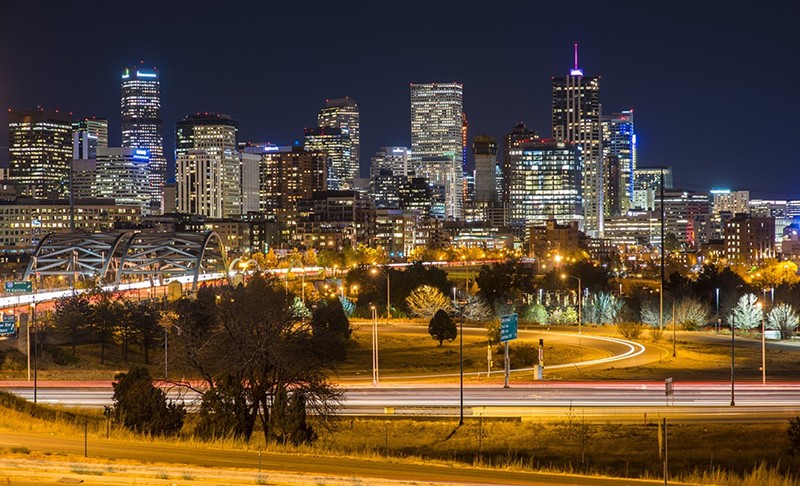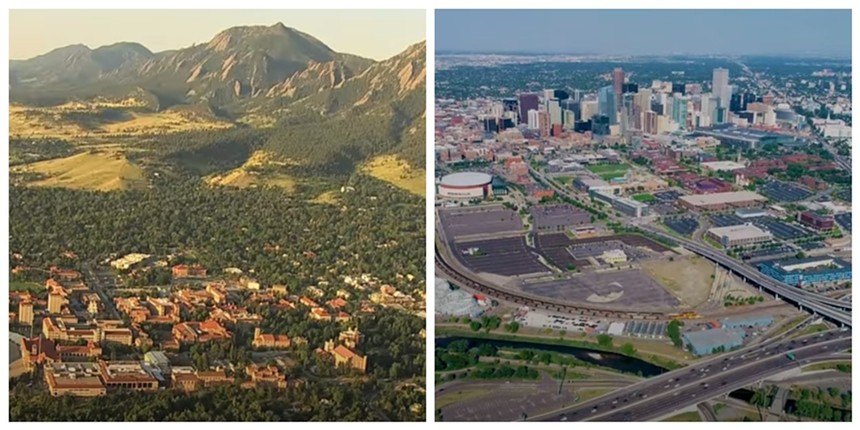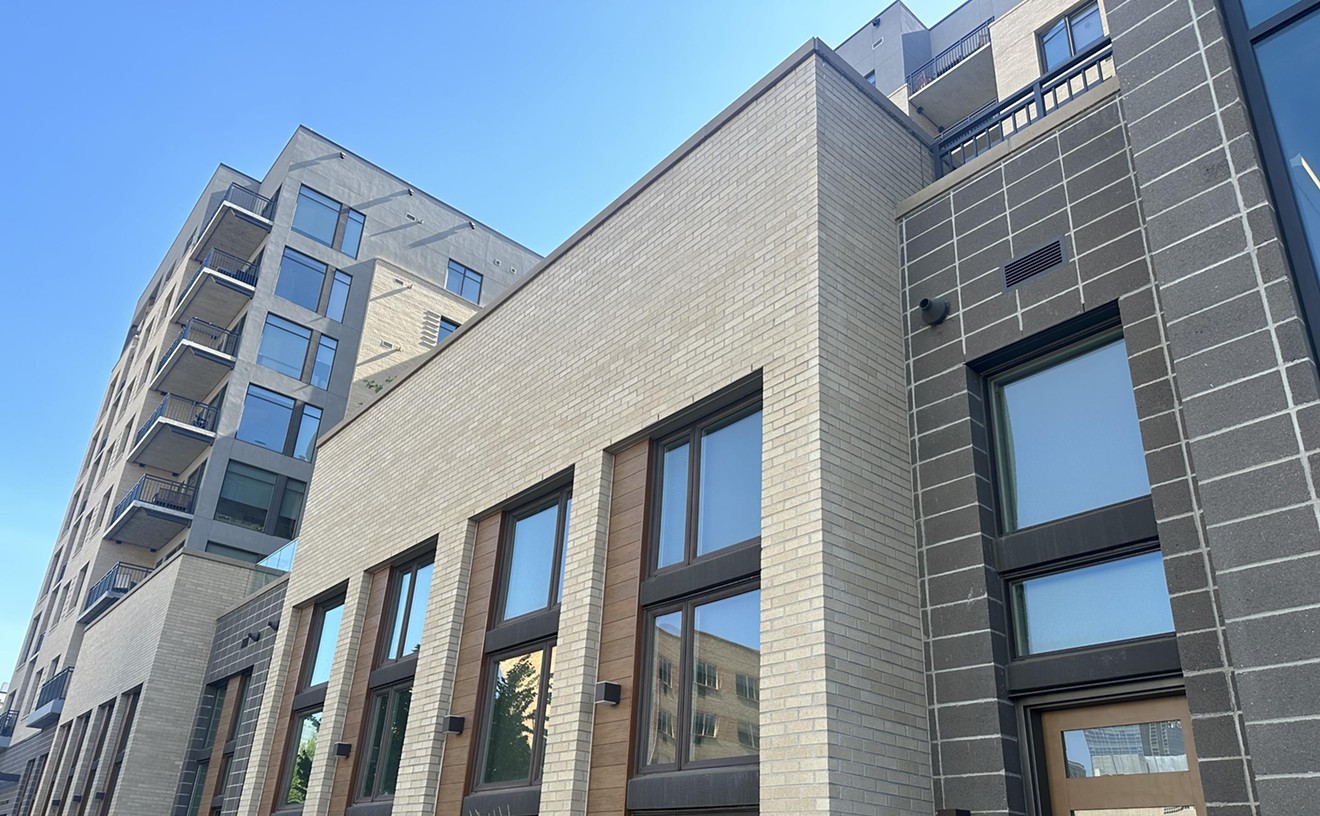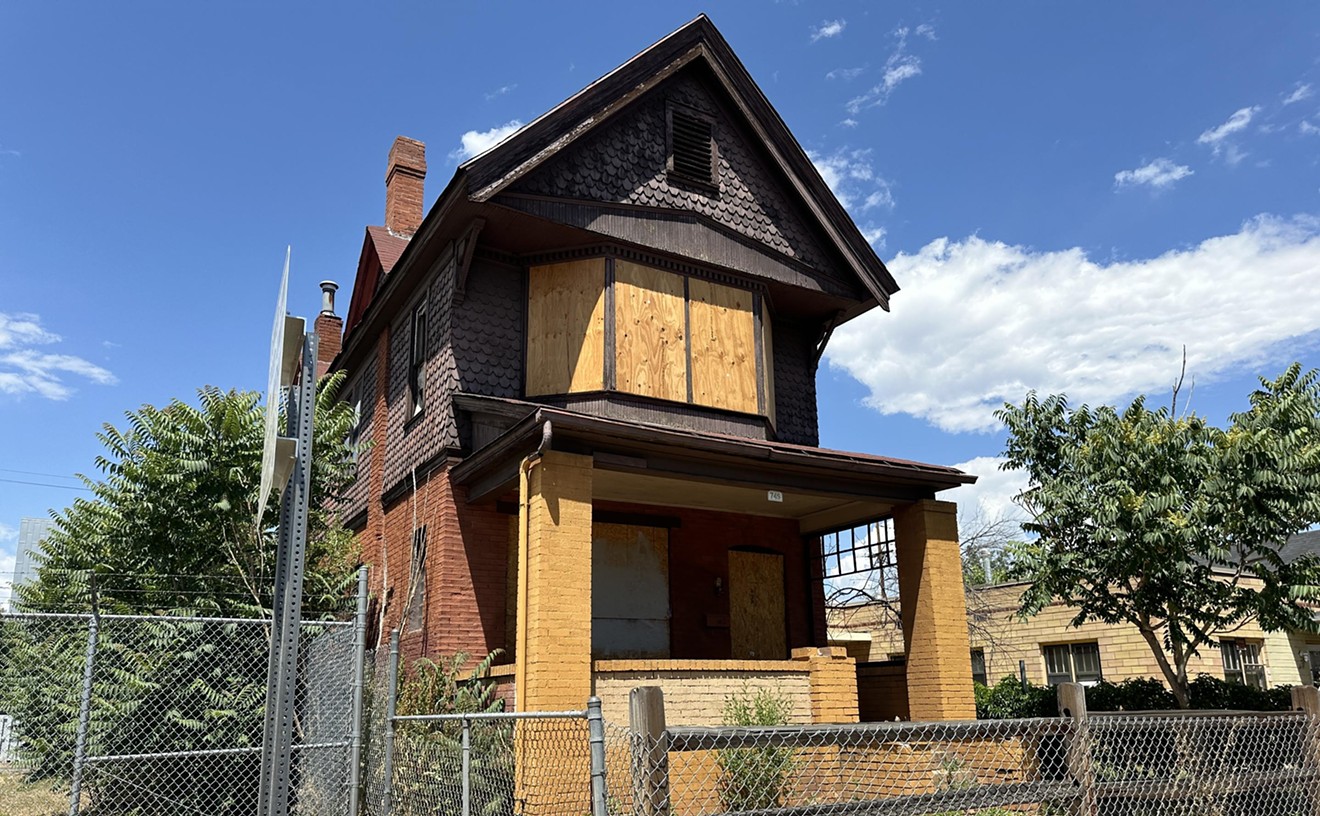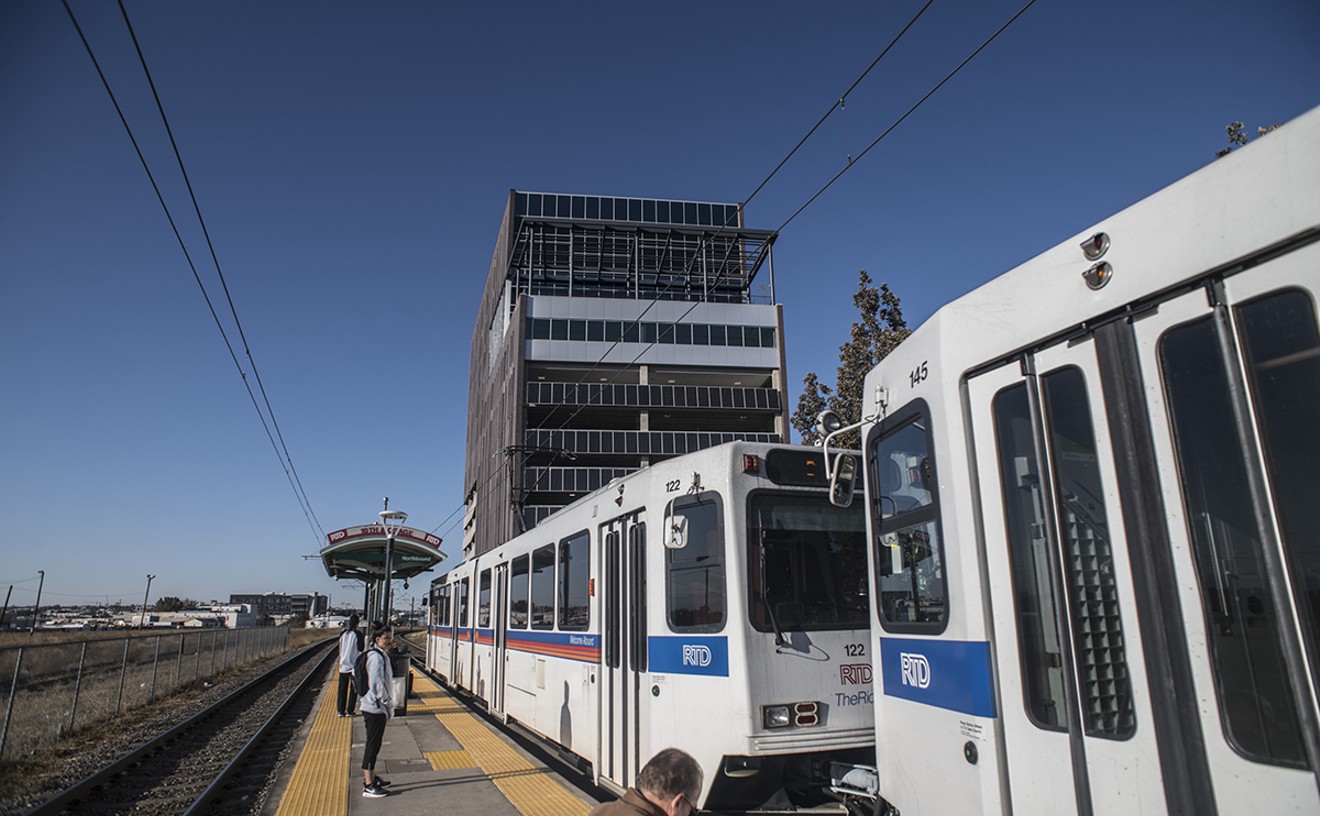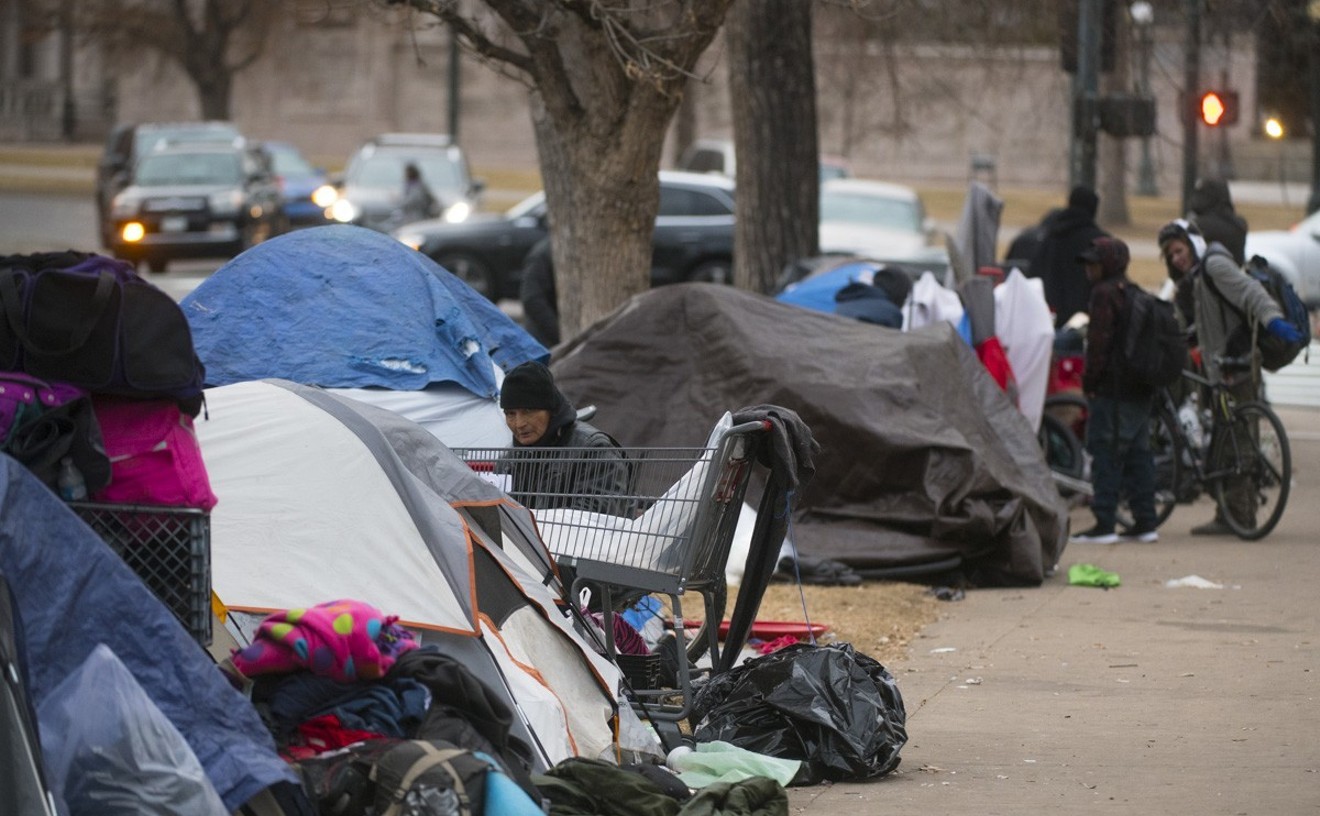Of those, Denver came in at number forty overall. But while this ranking doesn't give the Mile High City any bragging rights in its home state (Colorado Springs, Boulder and Fort Collins all place higher), the finish marks a significant improvement over last year and reverses a precipitous multi-year tumble.
Note that in 2020, Denver was second in the nation, behind only Boulder, which topped the U.S. News roster. But in 2021, the Mile High City took a dive to 14th before plunging to 55th a year later — and it tumbled all the way down to 99th place in 2023.
By those standards, 40th doesn't look so bad.
Colorado cities rise and fall
The other three metro areas in Colorado that captured the attention of U.S. News have seesawed as well. Boulder topped the chart again in 2021, and while its fortunes have declined since then, the slide has been modest; the town came in fourth in 2023 and tenth in the latest analysis. Meanwhile, Colorado Springs leapt from ninth place last year to third overall on the current roster, while Fort Collins dropped from 23rd last year to 39th.To arrive at its conclusions, U.S. News categorizes data drawn from sources such as the U.S. Census Bureau, the Bureau of Labor Statistics and the FBI into four differently weighted indexes: quality of life (32 percent of the total), desirability (19 percent), job market (22 percent) and value (27 percent).
The last category is the biggest challenge for the Colorado cities. The average housing costs in each of the state's entries are well above the national average of $281,900: Colorado Springs is at $394,553, Fort Collins comes in next with $477,475, Denver lands at $565,720, and Boulder's is an astronomical $854,424.
Still, these numbers didn't kill Colorado's appeal, as witnessed by the new top ten best places to live:
1. Naples, FL
2. Boise, ID
3. Colorado Springs, CO
4. Greenville, SC
5. Charlotte, NC
6. Raleigh, NC
7. Huntsville, AL
8. Virginia Beach, VA
9. Austin, TX
10. Boulder, CO
Here's how the Colorado cities rate
U.S. News goes into detail for each of the cities on the list. Here are its takes on Colorado Springs, Boulder, Fort Collins and Denver, complete with excerpts from summaries about each spot, intriguing stats and links to more information.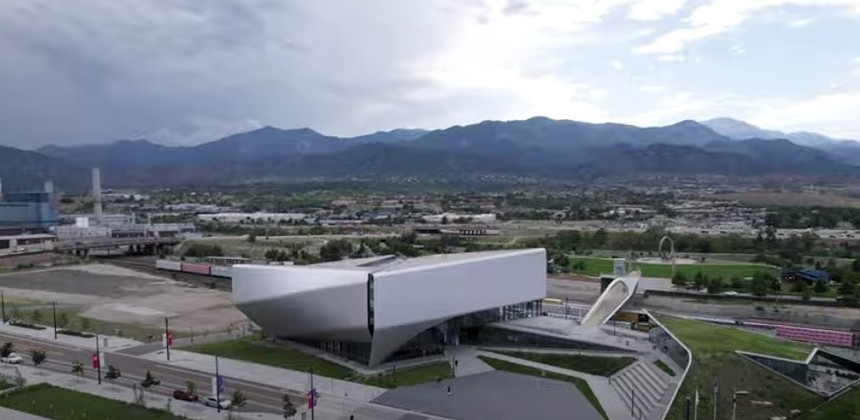
An angle on Colorado Springs as spotlighted by the city's tourism bureau.
Visit Colorado Springs via YouTube
What’s it like to live in Colorado Springs, CO?
Pikes Peak, inspiration for the song “America the Beautiful,” is the backdrop for Colorado Springs. Here, you’ll find a city that blends colorful nature with rugged history and metropolitan spoils.
Its parts are distinctive: the booming suburbs in the north and east; the bustling yet easily navigated downtown; the elegant, rustic south side defined by Cheyenne Cañon and the century-old Broadmoor hotel; and the west side, occupied by eateries and shops in what was the old Victorian center of the 1890s gold rush. Despite the sprawl, people regularly stop to say hello to someone they know at their neighborhood brewery or grocery store. That's the small-town scene the city aims to preserve.
Metro Population: 527,657
Median Monthly Rent: $1,702
Median Age: 37 years old
Median Household Income: $89,313
Unemployment Rate: 5.63 percent
Average Commute: 27 minutes
Average High Temps: 65° F
Average Low Temps: 32° F
Average Rainfall: 0.04 inches
BOULDER
What’s it like to live in Boulder, CO?
Snug against the foothills where the Great Plains give rise to the Rocky Mountains, Boulder is nothing if not a looker. This city reveals its spectacle at the crest of a hill on U.S. Route 36 from Denver with its iconic sandstone slabs rising from the mountains, prefaced by pine-clad mesas and cradled within the backdrop of the snow-capped Indian Peaks.
For residents seeking wellness, Boulder has opportunities from forest bathing and free meditation sessions to an abundance of marijuana dispensaries, spas and alternative health care studios. The full spectrum of yoga disciplines is represented here, as well as a plethora of fitness options to ignite your curiosity, including parkour, aerial dance and “Animal Flow” ground-based movement classes. People looking to bring balance to their work life can find job perks that include participation in the city’s annual Tube to Work Day. Had it with the 9 to 5? Make like Boulder’s dirtbag climbers and live in a van, work odd jobs and become a fixture at the area’s legendary crags.
This blissed-out enclave attracts young professionals, families, academics, scientists, transplants from both coasts, old guards who insist it was way cooler in the 1970s and, above all, lovers of outdoor recreation. Trail runners, hikers, climbers, cyclists and more move here to live in this perpetual playground, where the answer to “What do you do?” is often one’s activity of choice, not occupation.
Metro Population: 122,362
Median Monthly Rent: $2,061
Median Age: 36 years old
Median Household Income: $97,017
Unemployment Rate: 5.39 percent
Average Commute: 25 minutes
Average High Temps: 66° F
Average Low Temps: 41° F
Average Rainfall: 0.01 inches
FORT COLLINS
What’s it like to live in Fort Collins, CO?
Fort Collins was once overshadowed by Colorado’s heavily populated Front Range and famous mountain ski towns. That status has changed as new residents — increasingly priced out of the Denver or Boulder markets — have moved an hour north to join a growing community that retains a small-town feel.
Home to Colorado State University, Fort Collins is known to many nationally as the Napa Valley of craft beer, hosting big names like New Belgium Brewing Co. along with new up-and-comers. Outdoor recreation is a big driver of the economy and popular in social circles. The city’s access to nearby Rocky Mountain National Park and other pristine public spaces helps feed this dynamic. It’s not uncommon to see locals at the trailhead in the morning for a hike, run or bike ride, and then on a brewery patio with friends later that night.
Many surrounding cities in northern Colorado boast similar advantages, contributing to growth in the region. Because of that popularity, Fort Collins has been forced to reevaluate its transportation and infrastructure systems.
Metro Population: 180,934
Median Monthly Rent: $1,647
Median Age: 34 years old
Median Household Income: $87,804
Unemployment Rate: 5.11 percent
Average Commute: 25 minutes
Average High Temps: 68° F
Average Low Temps: 35° F
Average Rainfall: 0.02 inches
DENVER
What’s it like to live in Denver, CO?
Founded in the mid-1800s as a mining hub during the gold rush, Denver has come a long way since its Wild West days. Over time, its residents have evolved from gunslinging gamblers into an easygoing crowd of ambitious, progressive-minded fitness fanatics and nature lovers who are eager to push the envelope on everything from civil rights to drug laws. Nicknamed the Mile High City for its 5,280-foot elevation (although officially reported as 5,279 feet), Denver's location at the base of the Rocky Mountains provides a gateway to a slew of outdoor pursuits, although it is probably best known for its devout ski and snowboard enthusiasts.
To clarify a common misconception, Denver is not a mountain town. It actually takes at least an hour to drive to the Rockies. But there are some great places for recreation within a 30-minute drive of downtown, such as Red Rocks Park and Cherry Creek State Park.
Some might say that Denver is experiencing a gold rush of a different color: green. After Colorado residents voted to legalize recreational marijuana in 2012, Denver has seen a surge in cannabis-related commerce, from dispensaries to magazines to high-tech paraphernalia like vaporizers, rolling papers, lotions and storage containers — and the industry continues to gain speed.
Metro Population: 755,412
Median Monthly Rent: $1,765
Median Age: 37 years old
Median Household Income: $97,799
Unemployment Rate: 4.71%
Average Commute: 31 minutes
Average High Temps: 68° F
Average Low Temps: 36° F
Average Rainfall: 0.06 inches

